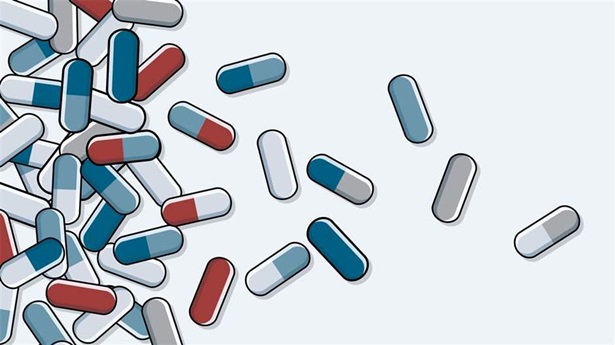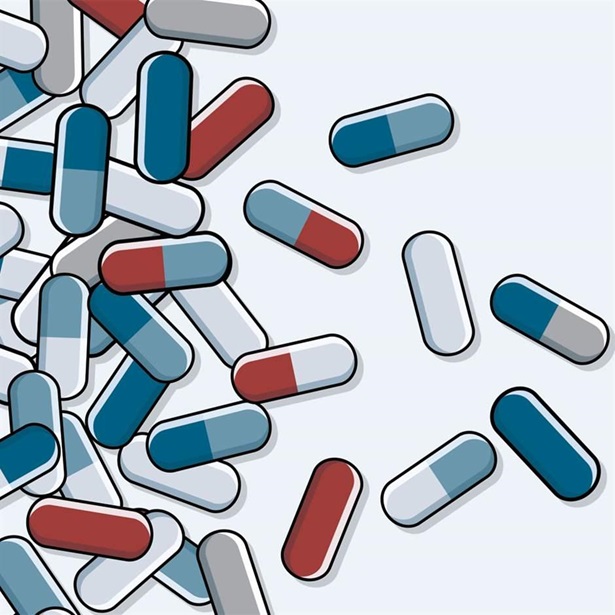Antibiotics Play Essential Role in Treating Sepsis
Growing resistance to these drugs increases the risks to patients

Sepsis, the body’s extreme and often deadly response to an infection, is a leading cause of death in hospitals, killing nearly 270,000 adults in the U.S. each year, and antibiotics play an essential role in preventing and treating the infections that cause this dangerous medical emergency. Growing resistance to these lifesaving drugs, however, threatens health care providers’ ability to treat sepsis and save lives.
Bacteria, such as those that can lead to sepsis, are constantly evolving to beat the drugs used to fight them. As bacteria mutate, some develop the ability to evade antibiotics and spread such resistance. Yet, as these multi-drug-resistant “superbugs” become more prevalent, and increasingly difficult—sometimes impossible—to treat, there are dangerously few new antibiotics in development with the potential to defeat them.
The antibiotic market is categorically different from that of other pharmaceuticals, which has helped create a radically insufficient pipeline of urgently needed new drugs. Because antibiotics have comparatively low prices and sales volume, major pharmaceutical companies have largely abandoned the field, and the small companies responsible for most candidates in the pipeline are struggling to stay afloat financially. Experts agree that without increased support for antibiotic development, there will not be enough antibiotics available to meet patient needs—including treatment for those battling sepsis.
The good news is that there are concrete steps that policymakers can take now to support antibiotic development and combat resistance, starting with enactment of the Pioneering Antimicrobial Subscriptions to End Upsurging Resistance (PASTEUR) Act. The PASTEUR Act would create incentives for the development of urgently needed new antibiotics by changing the way the government pays for them. Specifically, the measure would delink revenue from sales volume and instead pay for access to high-need antibiotics based on their value to public health. It also would provide support for antibiotic stewardship programs, which work to preserve available antibiotics for as long as possible.
Sepsis already kills 1 in 3 patients hospitalized with the condition. Along with many other health conditions, it will only become more deadly without new types of antibiotics. The time is now for policymakers to take action to combat antibiotic resistance and help mitigate the deadly impact of sepsis.
David Hyun, M.D., directs The Pew Charitable Trusts’ antibiotic resistance project.









